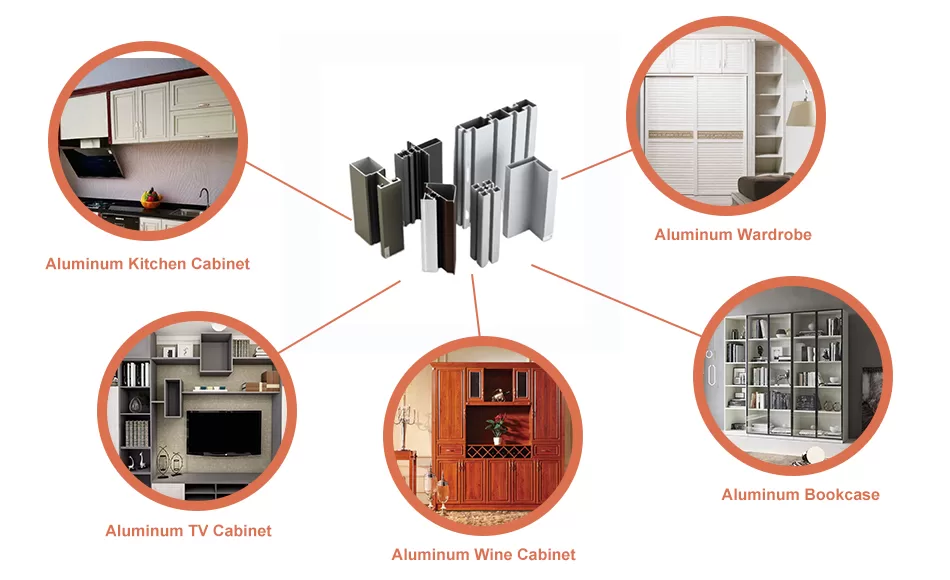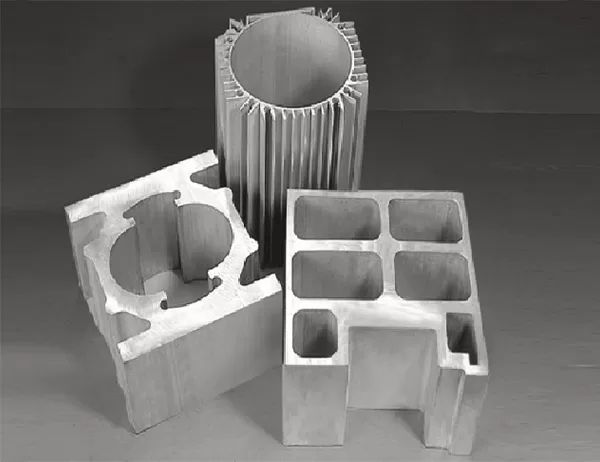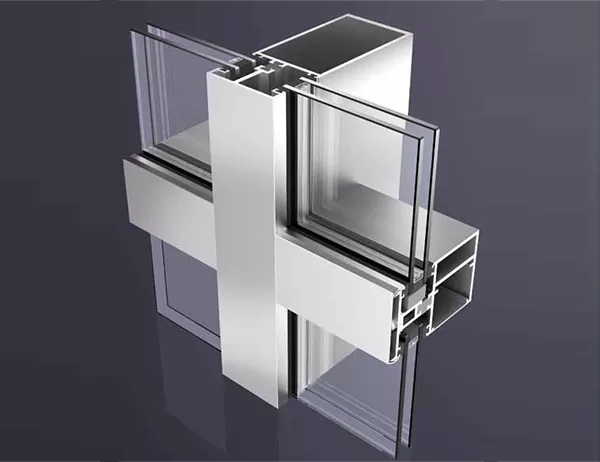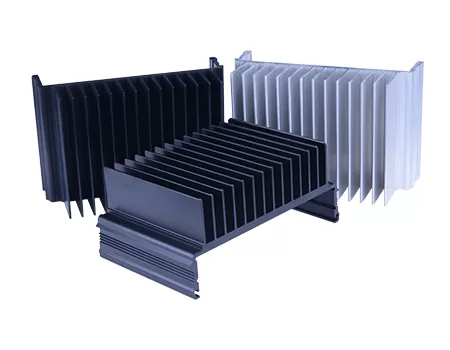In today’s competitive business landscape, optimizing costs and maximizing efficiency is paramount. Implementing Cost-Effective Solutions with Aluminum Tubes offers a comprehensive approach to reduce manufacturing expenses while enhancing product quality and performance. This article delves into the multifaceted benefits of utilizing aluminum tubes as a cost-saving and value-adding component.
Reduced Material Costs
Aluminum tubes provide significant cost savings compared to other materials such as steel or copper. Aluminum is lightweight, abundant, and easily formable, reducing raw material procurement expenses. Its excellent strength-to-weight ratio allows for the use of thinner gauges, further minimizing material consumption.
Improved Production Efficiency
Aluminum tubes are highly versatile and can be fabricated into complex shapes and dimensions through a variety of processes, including extrusion, drawing, and bending. This eliminates the need for multiple manufacturing steps and costly tooling, streamlining production and improving efficiency.
Enhanced Product Performance
Aluminum tubes offer numerous performance advantages that can translate directly into cost savings. Their corrosion resistance reduces maintenance and repair costs, while their thermal conductivity improves heat transfer efficiency, leading to energy savings in applications such as heating and cooling systems.
Environmental Sustainability
Aluminum tubes contribute to environmental sustainability by reducing waste and conserving resources. Aluminum is highly recyclable, minimizing landfill waste and lowering the environmental impact of manufacturing processes.
Design Flexibility and Customization
Aluminum tubes provide designers with unparalleled flexibility. Their ability to be cut, welded, and formed into various configurations allows for customization to meet specific application requirements. This reduces the need for costly custom parts and optimizes production efficiency.
Lightweighting and Transportation Efficiency
Aluminum’s low density makes it an ideal material for reducing product weight. This can lead to significant savings in transportation costs, particularly for bulky items or products that are shipped long distances.
Conclusion
Implementing Cost-Effective Solutions with Aluminum Tubes is a comprehensive strategy that can help businesses optimize expenses, improve production efficiency, and enhance product performance. By utilizing aluminum tubes, manufacturers can reduce material costs, streamline processes, and contribute to environmental sustainability. The versatility and cost-effectiveness of aluminum tubes make them an ideal choice for a wide range of applications, from automotive and aerospace to construction and consumer products.




